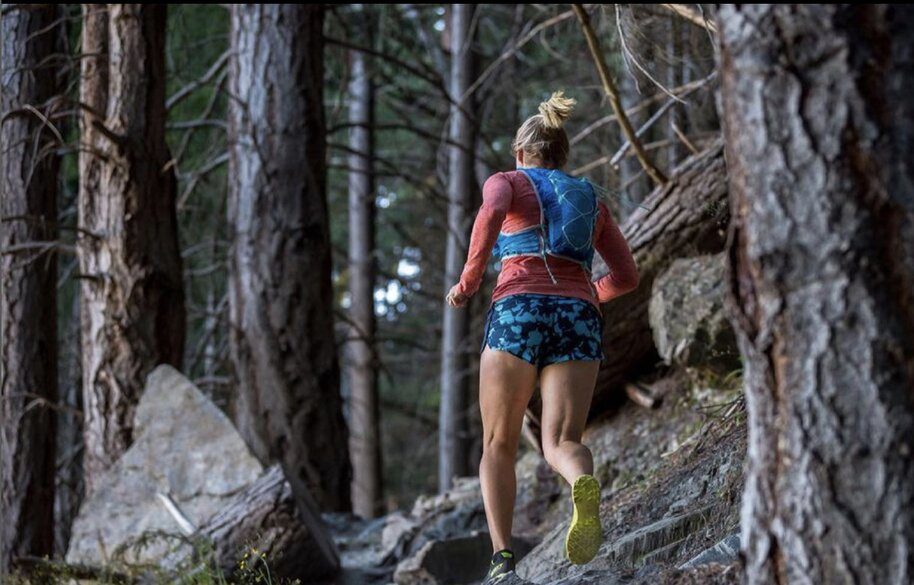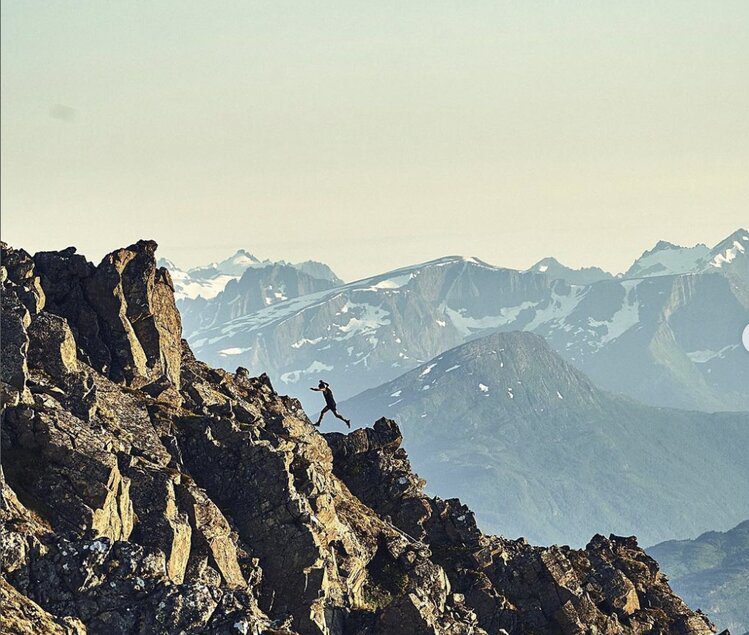Three simple steps to running hills with ease
Here's how to run smoothly uphill and transition to a speedy downhill
 Photo by:
Intagram/annafrosty
Photo by:
Intagram/annafrosty
Running hills seems simple: you power over the top and continue, right? Once you’ve tried a few hill training sessions, or find yourself suddenly running uphill in a race, you’ll realize there’s an art to it. Here’s how to maximize your hill training by running both up and down effectively and efficiently, without getting hurt.

Practice long climbs at sustainable paces
Studies show many runners tackle hills too quickly at the outset, dashing up a long climb at a greater effort than they can maintain. If you’re running a hill sprint workout, this is fine, but in any other circumstance you want to run at an even, sustainable pace. You risk burning energy you won’t be able to regain later in the race or workout if you run full-tilt up every hill you see.
Aim to find a hill that takes you 10 minutes or longer to run up (or set your treadmill incline to the point where you feel a burn, but can smoothly keep pace). Try to mimic the effort you would be expending if you were running on flat terrain, regardless of how slowly it feels like you’re going. If your breathing is noticeably heavier, slow down.

Use ‘long strides’ at the top to transition
If you run too quickly up a hill, you may find yourself pausing at the top or slowing down greatly to catch your breath before resuming your normal pace. You’ll also have a shorter stride as you head uphill, and it takes a conscious effort to switch back to your regular gait quickly.
Cue yourself to open up your stride and accelerate. For practice, find a short hill that takes under a minute to reach the top of. Run hard to the top, lengthen your stride and pick up your pace for 15 seconds. Jog down the hill to recover, and repeat five to 10 times.
Seguimos sumando kms con @sara_alonso_5 en Chamonix? pic.twitter.com/kYaVdkF5ro
— Biel Ràfols (@biel_rafols) August 23, 2022
Practice good running form on the way down
You’ve probably seen others run downhill at full speed–if you’re a person who can comfortably and safely do that, you’re lucky. For most of us, downhill running is a skill to practice. You want to avoid putting on the brakes too much, but you also don’t want to be pounding down the hill or running out of control.
After your regular run, add in four to six 100-metre strides down a slope, or a gentle hill with a grade you are comfortable tweaking your speed on. Shorten your stride, keep your arms wide and low for balance, and aim to run smoothly with quick steps. If you find your breathing quiets, you can push a little bit harder. Over time, find steeper hills to run down while maintaining the same form.
BONUS: Watch one of the greatest endurance athletes on earth, Kilian Jornet, with Eritrean mountain runner Petro Mamu closely following (and eventually passing), run smoothly down a very long last hill at the Sierre-Zinal race in the Swiss Alps.


